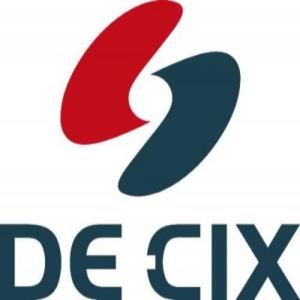
Nurturing Sustainability: How Internet Exchange Points (IXPs) Foster a Greener Digital Future
In today’s digital age, where connectivity reigns supreme, the environmental impact of the internet is increasingly under scrutiny. The surge in online activities, data transmission, and cloud services has substantially contributed to the carbon footprint of the digital realm. However, amidst this concern, Internet Exchange Points (IXPs) are emerging as pivotal hubs in mitigating the environmental repercussions of the internet.
IXPs serve as crucial junctions where internet service providers (ISPs) and networks interconnect to exchange internet traffic. These exchange points play a pivotal role in not only enhancing internet efficiency but also in implementing green initiatives that aim to reduce the carbon footprint associated with digital operations.
The conventional internet infrastructure involves extensive data routing that consumes significant energy. However, IXPs are strategically positioned to optimize this process by facilitating more direct and efficient data exchange. By enabling ISPs and networks to exchange traffic locally, IXPs significantly reduce the need for data to traverse extensive global networks, thereby minimizing energy consumption and carbon emissions.
One notable initiative within IXPs is the deployment of Public Route Servers and BGP Route Servers. These servers act as facilitators, streamlining the exchange of routing information among networks. By consolidating routing information and improving the efficiency of data transmission, these servers contribute to a more streamlined and eco-friendly internet ecosystem.
To tackle the growing concern of the digital carbon footprint, numerous studies and initiatives have surfaced. Reports by organizations like A4AI emphasize the importance of sustainable universal access to the internet, promoting environmentally conscious strategies within the digital landscape.
Moreover, efforts are underway to quantify and offset the carbon emissions associated with internet usage. Companies like Dynatrace have developed tools to measure the carbon impact of applications, fostering awareness and accountability in the digital sphere.
Additionally, initiatives such as carbon offsetting and adopting renewable energy sources for data centers have gained traction in mitigating the environmental impact of the internet. Websites like 8 Billion Trees and You Matter World provide insights into carbon offset credits and methods to reduce the environmental impact of online activities, shedding light on actionable steps for individuals and organizations.
The collaborative efforts of IXPs, tech companies, and environmental organizations underscore a collective commitment to building a more sustainable internet ecosystem. By promoting efficient data exchange, investing in green technologies, and raising awareness about the environmental implications of digital operations, IXPs are pivotal in steering the digital landscape toward a greener and more sustainable future.
Conclusion
The role of IXPs in reducing the carbon footprint of the internet is crucial. These hubs not only optimize data exchange but also spearhead initiatives and collaborations aimed at fostering a more sustainable digital realm. As the world increasingly relies on digital connectivity, the proactive efforts of IXPs serve as a beacon of hope, paving the way for a greener internet ecosystem.


